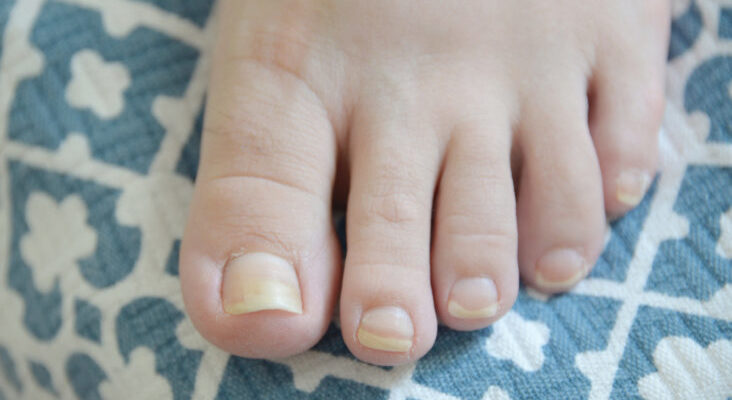You may think that an ingrown toenail is not worth a doctor’s attention, but if the problem repeats itself, it causes a lot of pain, and you should be attended by a podiatrist to reduce further damage. Ingrown toenail in Midtown East helps you relieve discomfort and pain, treat infections, and prevent them from regenerating.
What are ingrown toenails?
If you cut your toenails shorter than usual, mostly on the big toe’s side, you encourage the growth of an ingrown toenail. In most cases, when trimming the toenails, you should not interfere with the corners so that the toenails curve with respect to the shape of your toe. This method encourages the toenails to grow inside the skin of the toe. The nail’s side curls and digs into your toe skin. If you wear shoes that are too tight or short, you may develop ingrown toenails.
Symptoms
When you have an ingrown toenail at first, it can be tender, hard, and swollen. After some time, it may get infected and become red, and feel sore. Ingrown toenails are a painful condition, mostly among teenagers. An ingrown toenail appears when the skin on both sides of nails grows on the nail edges or when the nail grows in the skin.
Treatment
- Non-surgical treatment
Ingrown toenails should be treated the moment they are recognized. If they are noticed early, home care treatment can reduce it and not need further treatment. Home care treatments include:
- Wear shoes that are comfortable and give room for the toes. And wear sandals so that the condition can go away faster.
- Soak the feet in warm water at least three times a day.
- Keep the feet dry enough throughout the day.
- Take acetaminophen to relieve pain.
You can gently lift the edge of an ingrown toenail from its bedding position and place a waxed dental floss or some cotton between the nail and toe skin.
- Surgical treatment
If excessive swelling, pain, inflammation, and discharge happen, the toenail is likely to be infected and should be attended by an expert. You can take some antibiotics, and the nail can be removed completely or partially. The doctor can remove a part of the nail surgically, a part of the nail bed, a part of the growth center, and some soft tissues.
Surgery helps prevent the nail edge from growing and cutting inwards to the fleshy folds as the nails grow forward. Permanent nail removal is advised for children with recurrent infected or chronic ingrown toenails.
If the infections keep recurring and you feel a lot of pain, the doctors can remove a section of the ingrown toenail. Then the toe is injected with anesthetic, and the doctor uses a pair of scissors to make an incision and remove the ingrown part of the nail, protecting the nail bed. An exposed nail bed can be very painful. Eliminating the whole ingrown toenail increases the possibility your toenail will grow back deformed. It takes up to three to four months for the toenail to regrow.
Removing ingrown toenails at home can be very tempting, mostly if the nail causes swelling, too much pain, or difficulty in walking. However, the risk is beneficial because it’s a natural method. If the pain exceeds, you should seek help from a doctor, and he can prescribe some medication. Precision foot care has the best experts to deal with ingrown nails.













Comments